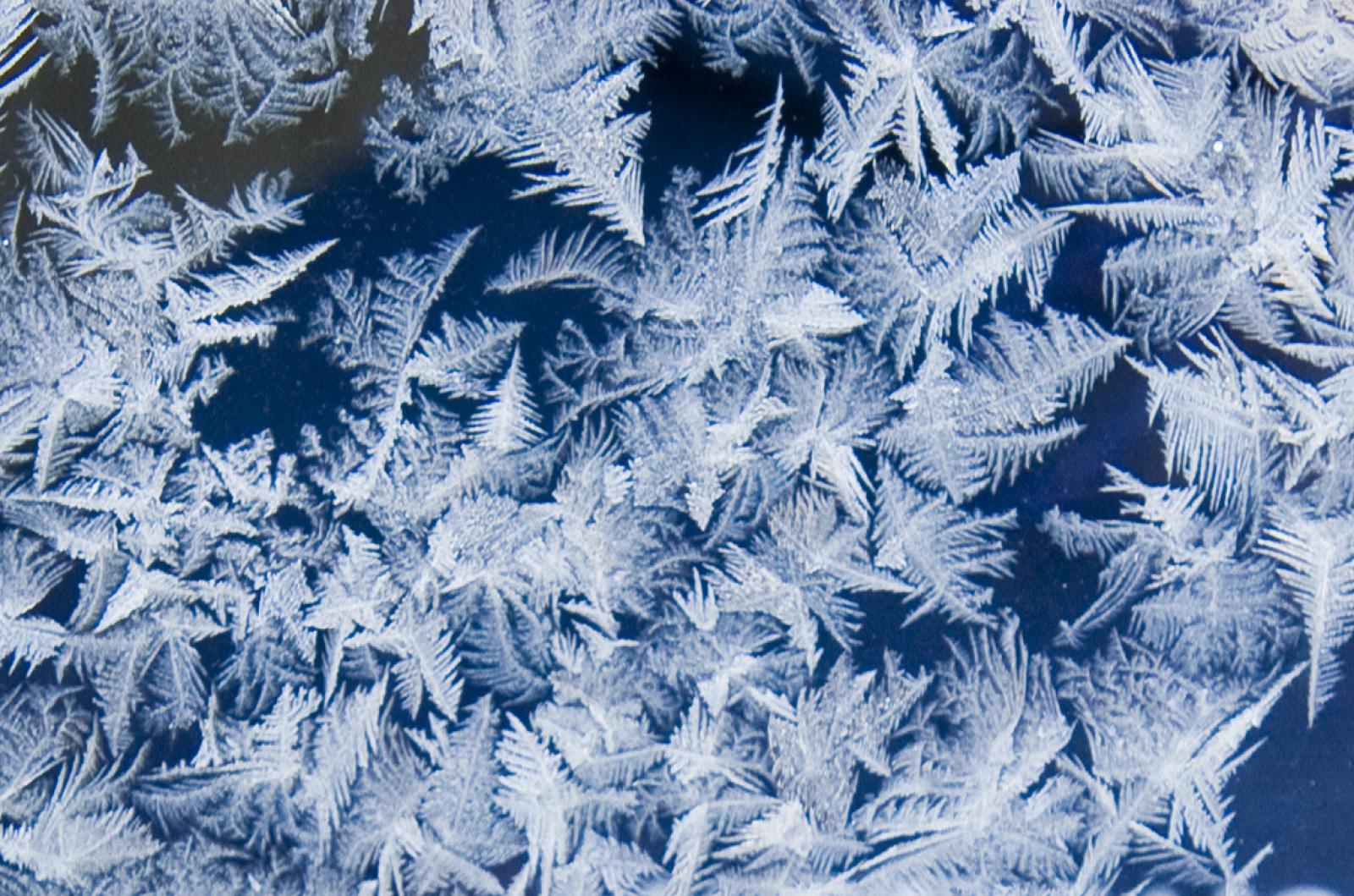My car needs a new windshield. Usually I curse its pitted, imperfect nature that limits vision and clarity while driving. Last week, however, I found reasons to love its flawed facade.
Getting into a very cold car is usually not anyone’s idea of a good time. The seat isn’t yet warm; the heat not quite cranking; and the windshield is covered with frost. As I grabbed the ice scraper to clear the window, I was stopped just before putting the tool’s edge to the window by the magical appearance of ice feathers stretching along the glass.
Ice feathers, also called ice ferns, are the intriguing patterns of frost that form on glass windows when conditions are just right. Author and Cambridge University professor Robert Macfarlane announced ice feathers to be the “word(s) of the day” on Feb. 5, 2018, and defined this phenomenon as “swirling, plume-like patterns of quill and vane that form on window glass, car-metal etc. Scratches or impurities on a surface make seed-points which then ‘grow’ these feathers and fronds as water vapor freezes on contact.”
I should thank that imperfect window, and even the chemical residue from my windshield wiper fluid, for encouraging these peculiar patterns of frost. Add the mystical mix of air pressure, temperature and humidity that must be just right for this phenomenon, which is also called window frost. The window must also be at or below freezing, and the inside air moist enough to provide the vapor for freezing.
As the water freezes and hits dust, chemicals, or other impediments, it changes direction as it grows to cause the patterns we see. The pattern repeats again and again, making the design progress. In math-speak, this is called fractal design.
The ensuing frost is made up of ice crystals. Thin ice crystals called hoar frost, grow linearly and spread, rising from each other. This can also occur on other surfaces, not just on windows, but that feathering expands in multiple dimensions — growing off of grass, rocks, trees and other objects. Crystals with multiple branching forms are called dendrites, a word derived from the Greek root for tree.
Formerly more frequent, these special ice structures can also appear as scales, needles, or ferns. At one time, in the old days of single-pane windows, one might wake up to these decorations on household windows when temperatures fell low enough for the glass to be below freezing temperature. Today’s double-pane glass windows are better insulators and make the fancy frost a thing of the past at home for many of us.
Spring is coming soon – less than a few weeks away – though we can’t rule out days with perfect conditions for more of these icy iterations. Nineteenth-century English poet Thomas Hood knew the beauty and science inherent in these cold-weather creations, insisting that “Frost is the greatest artist in our clime – he paints in nature and describes in rime.”
Suzan Bellincampi is islands director for Felix Neck Wildlife Sanctuary in Edgartown and the Nantucket Wildlife Sanctuaries. She is also the author of Martha’s Vineyard: A Field Guide to Island Nature and The Nature of Martha’s Vineyard.




Comments
Comment policy »